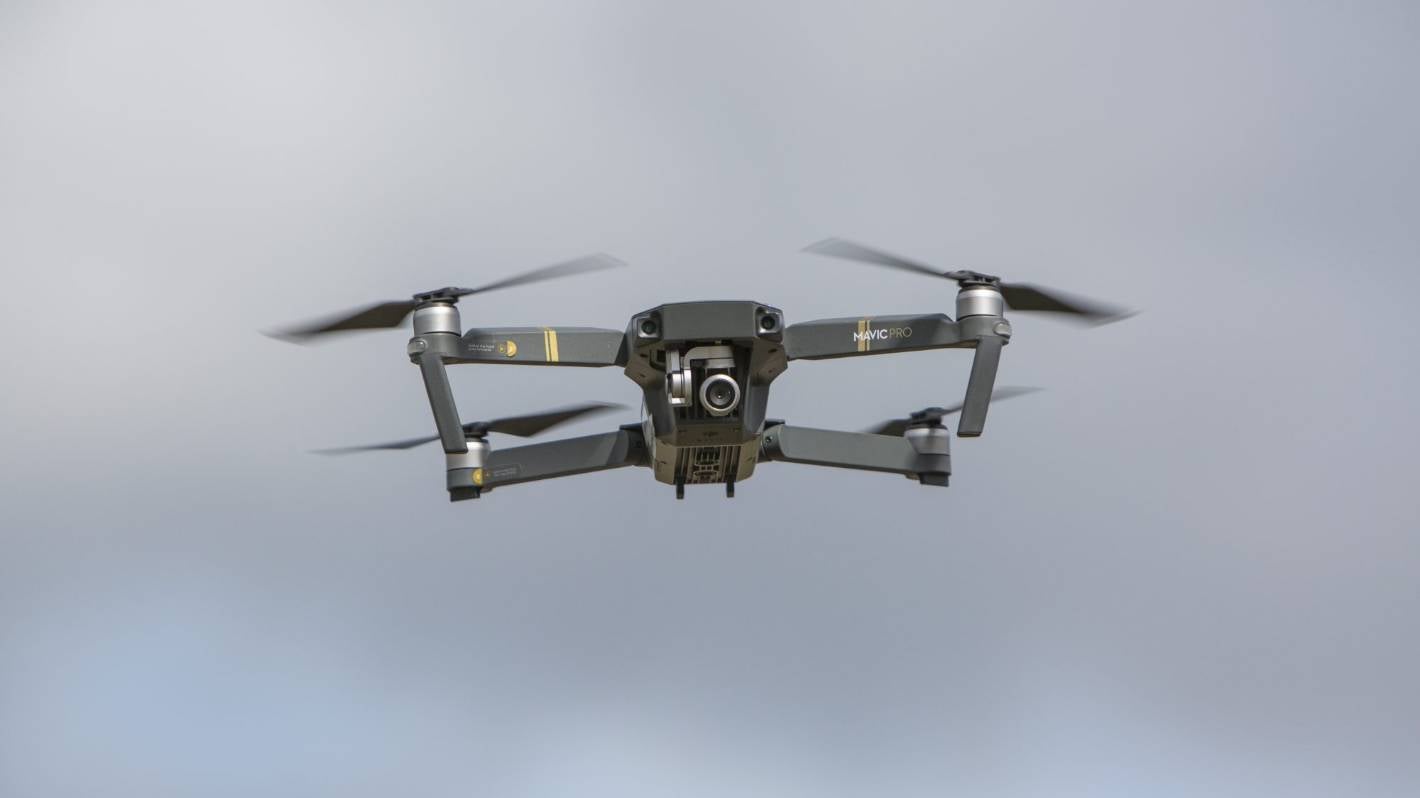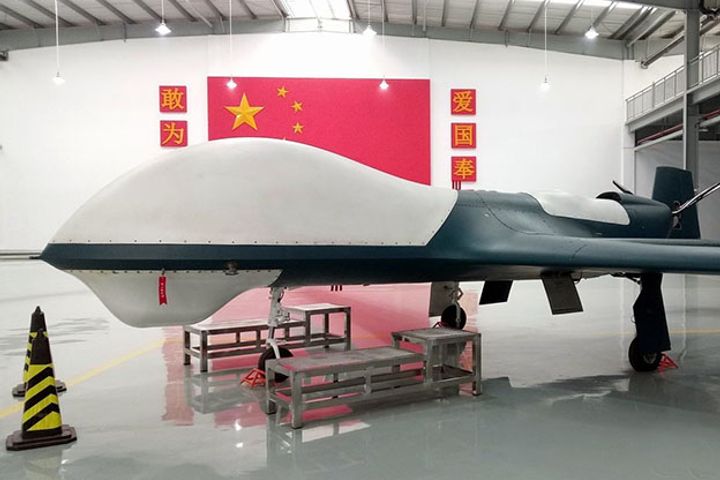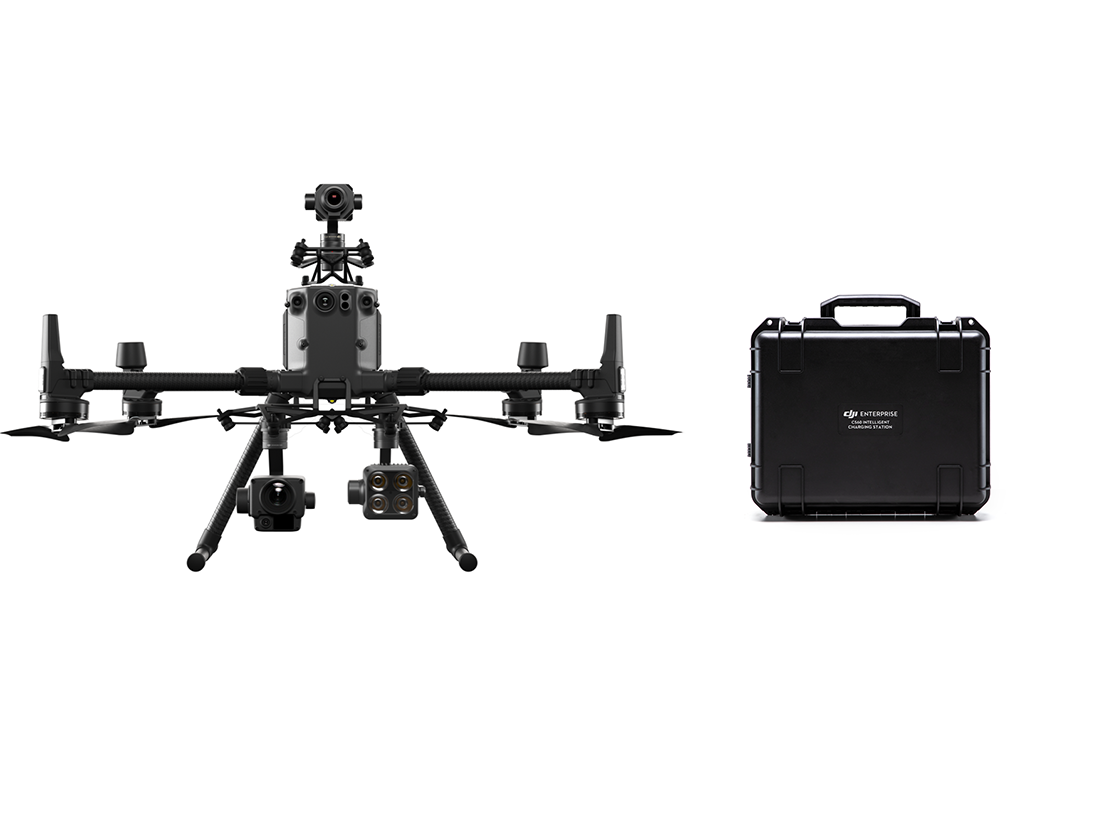
Chinese companies have $3.7 billion in foreign-exchange reserves. If it could use those funds to boost its airplane industry, China would do so. China would prefer not to invest in a new fighter-jet, but it would instead buy planes from France, the U.S., and other countries. McKinsey's aerospace and defense practice is led by John Dowdy.
Competitive intelligence supports innovation in the aerospace and defense sector
Competitive intelligence is crucial for the aerospace and defense sectors, no matter if it is a new product. The aerospace and defense sectors are heavily concentrated. There are only a few large players. Many companies have large budgets, and need millions of parts and support systems in order to keep their aircraft flying. This does not necessarily mean these companies are immune to competition. Competitive intelligence is the process of gathering and analyzing industry data to provide actionable insight that fosters forward-thinking.
This sector is highly competitive. This is why many companies are looking for acquisitions. Boeing bought ForeFlight on March 2019, and the company has been working with it ever since to develop innovative aeronautical applications. Competitive intelligence is crucial to stay ahead of the competition in the aerospace and defense sectors. With its specialized expertise, IFS is able to identify new opportunities that can help aerospace companies compete.
Programs in trouble
Its 70-year-old mission is evident in the firm's ability to cultivate government clients. McKinsey was the first to advocate that civil servants should be replaced by businessmen in managerial positions. This idea was promoted in the 1950s. This self-interested approach was well suited for Cold War environments. McKinsey despite her self-interest was able woo the fledgling National Aeronautics and Space Administration through its 1960 report on an efficient and more cost-effective way of designing spacecraft.

The controversy over the firm's work has been raised. The General Services Administration (GSA), which oversees federal procurement, canceled two government-wide contracts with the firm, including one that earned nearly $1 billion between 2006 and 2019. The company argued that the contracts were overpriced and were too high-risk to warrant further scrutiny. However, the GSA located a GSA Supervisor who supported the firm's actions despite the fact he had a history favoritism.
Utilize the supplier network
The inventory in commercial aerospace tends be greater than that of the defense sector. In a world where inventory is king, focusing on this problem can help a company realize a 50 percent inventory reduction. How can you achieve it? These are some ways to improve the efficiency of your supply chains. To begin, you need to understand the dynamics within your supply chain. For instance, a commercial aerospace company will need to carry twice the amount of inventory as an industrial competitor. Commercial aerospace companies, which have large inventories and often work with single-source suppliers, face many of the complexities of this environment.
Ultimately, this type of transformation requires investing in development, capital expenditures, and inorganic growth opportunities. This sector has a lot of research and development. However, there are many options to make significant cash flow and turn it into value. It is important to know where to look and how you should proceed. These tips will ensure that aerospace and defense companies are well on their way towards doubling their value drivers.
Profiting from market conditions
Aerospace companies did not consolidate or change their businesses' composition during recent downturns. Instead, they focused on turning around troubled programs and winning pivotal new programs that will boost business performance and deliver outsized returns to shareholders. During these times, winning new large defense programs is the key to survival, and companies that repositioned aggressively and early were better positioned to benefit from a rebound in defense spending.

The current global economic downturn is having a significant impact on military equipment and air travel. U.S. airlines have been experiencing falling profits as a result of their high leverage and are now heavily leveraged. They are also cancelling airplane orders and the orders for next five years are substantially overstated. Other hotly coveted areas such as commercial aircraft refurbishment and night vision technology for law enforcement agencies are equally challenging. Additionally, defense companies should focus on the industry structure change and developing a technical approach in order to lower costs.
FAQ
Are Drones Banned Where?
The FAA has banned drones in areas near airports and stadiums. They allow them to fly at nights using GPS technology.
Which US states make drones legal?
You can legally fly a drone for personal use. The Federal Aviation Administration (FAA) has set up guidelines that allow people to use small unmanned aircraft systems (UASs). These UASs must be registered with the FAA before they can be flown. The FAA also allows commercial operators to fly these devices if certain conditions are met.
What are the rules of operation when using drones?
The FAA must register your drone. This registration process includes submitting information about the device, including its weight, size, battery capacity, and operating frequency. It also requires you to obtain an identification number from the FAA.
Statistics
- According to Indeed, a drone pilot gets paid $25.73 per hour on average in the US. (dronesgator.com)
- According to ZipRecruiter, the minimum hourly wage of drone pilots is $20. (thedroneu.com)
- According to industry research from ZipRecruiter , there are 10 cities where the typical salary for a Drone Pilot job is above the national average. (dronesgator.com)
External Links
How To
How to Fly Drones With Beginners
A drone is a remote-controlled aircraft used for aerial photography, cinematography, surveillance, scientific research, and hobby purposes. Drone technology has been around since World War II. DJI introduced their Phantom series of quadcopters in 2010, but commercial use only began in 2010. Since then, there have been many different types of drones available, from beginner-friendly models like the Parrot AR Drone 2.0 to professional-grade multi-rotor craft like the DJI Mavic Pro.
There are many methods to fly a Drone, including
-
Remote control – This technique uses a control device attached directly to your hands that allows you steer the drone around its flight path. There are two main types for controllers: Joysticks or On/Off switches, which can be used to control the drone's flight path.
-
Manual Control- This allows you to control your drone remotely via GPS coordinates. Follow the instructions of the app to track the exact location you want the drone go.
-
Autonomous flight - The drone takes over the piloting duties. It's basically flying autonomously without any human intervention. To enable autonomous flight, the drone should have a built in camera and sensors capable recording images and data.
-
Triggered Flight: This is similar in concept to manual control. The pilot manually creates a route and the drone then follows it until it reaches that endpoint. After the program is complete, the drone automatically returns to the ground.
-
Landing Gear- Some drones include landing gear that allows for safe landing if the power goes out or they run out of batteries.
-
Goggles-Some pilots use goggles to protect their eyes from debris during operations.
-
Camera - Some drones are equipped with cameras allowing you to capture photos and videos from above.
-
Obstacles – Some drones have obstacle avoidance systems that stop them from colliding with obstacles.
-
Speed - Some drones can reach speeds of over 40 mph.
-
Battery Life – Most drones will last 20 minutes to three hours depending on how powerful they are.
-
Range - Depending on the model, some drones can travel up to 30 miles away.
-
Power source - Some drones require an external power source; others work off internal batteries.
-
Weight – Some drones are less than one pound, while other models can be up to four pounds.
-
Size - Drones come in many sizes, from small gadgets that fit in one's hands to large craft that weigh more than 50 lbs.
-
Price - All drones fall within a specific price range, from high-end models that can cost thousands of dollars to lower-cost options starting at $100.